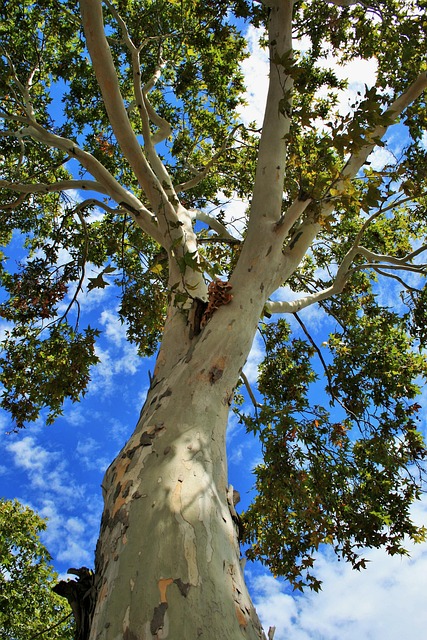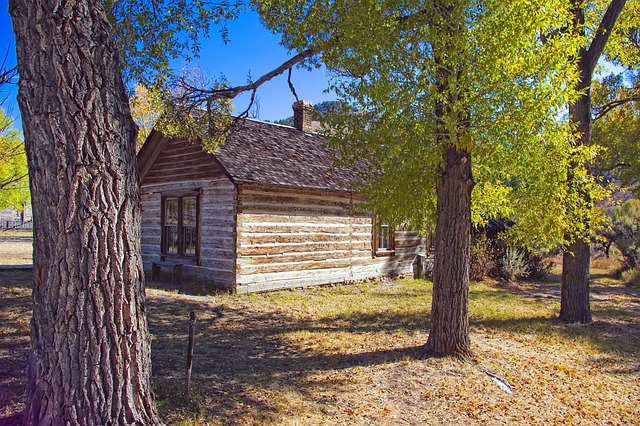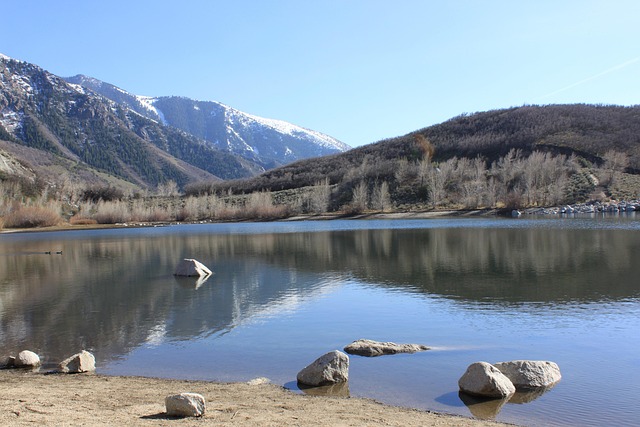Natural landscapes attract tourists seeking aesthetics and outdoor activities, boosting local economies and real estate values. To capitalize on this trend, developers must balance conservation with sustainable growth, focusing on stunning vistas, eco-friendly communities, and mixed-use developments. By integrating natural beauty into real estate strategies, they can create immersive experiences, cater to discerning tourists, and preserve scenic landscapes for future generations.
Scenic beauty is a powerful magnet for tourism, drawing travelers from around the world. In this article, we explore the allure of natural landscapes and their profound impact on the travel industry. We delve into effective real estate strategies for scenic destinations, showcasing how local communities can thrive by leveraging their natural assets. Additionally, we examine ways to enhance tourist experiences through breathtaking scenery, highlighting the importance of sustainable practices in the hospitality sector. Discover how smart investments in real estate can transform landscapes into vibrant, thriving tourism hubs.
The Allure of Natural Landscapes in Tourism
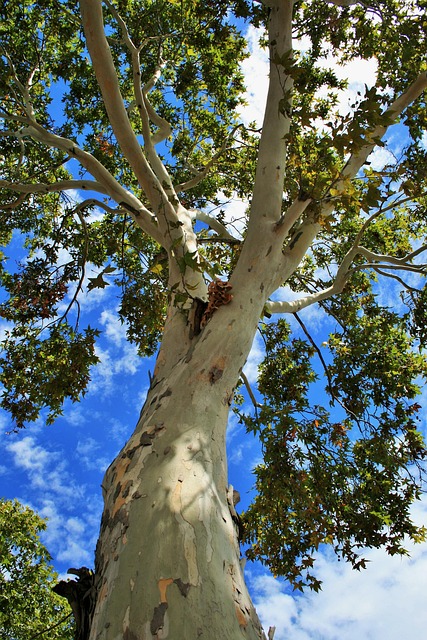
The allure of natural landscapes has long been a magnet for travelers seeking breathtaking vistas and unique experiences. In today’s world, where urban lifestyles dominate, the pull of untouched, pristine real estate offers a refreshing escape. Tourists are drawn to destinations that showcase the Earth’s raw beauty—from majestic mountains piercing the sky to tranquil beaches lapped by crystal-clear waters. These natural wonders not only provide aesthetic pleasure but also foster a sense of tranquility and reconnection with nature, making them prime attractions for the tourism industry.
The appeal of such landscapes extends beyond aesthetics; they offer opportunities for various outdoor activities like hiking, camping, and wildlife watching, enriching the travel experience. Moreover, the real estate value of areas renowned for their scenic beauty tends to appreciate, attracting investors looking to capitalise on these sought-after destinations. This symbiotic relationship between tourism and natural landscapes contributes to the growth and diversification of local economies, making conservation efforts crucial to sustain this allure for future generations of travelers.
Real Estate Strategies for Scenic Destinations
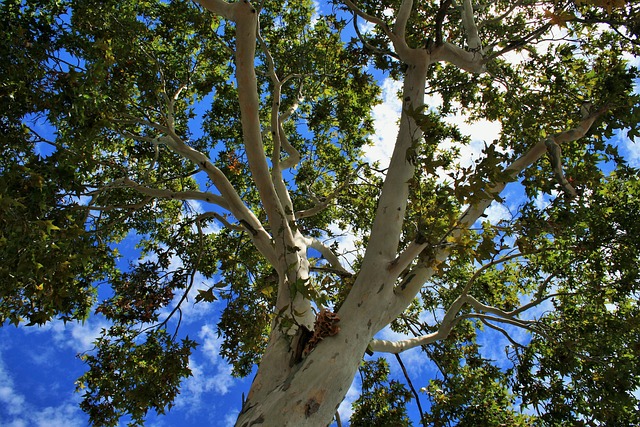
Scenic destinations worldwide are becoming increasingly attractive for tourists seeking breathtaking experiences, which presents unique opportunities and challenges for local real estate markets. To capitalize on this trend, developers and investors must adopt tailored strategies that balance conservation efforts with sustainable growth. One key approach involves acquiring or developing properties with unparalleled natural vistas, such as mountain ridges, coastal lines, or lush valleys, to cater to the high demand for premium holiday homes and second residences.
Real estate professionals in these areas should focus on creating exclusive, eco-friendly communities that preserve the destination’s scenic beauty while offering modern amenities. This may include implementing strict building codes, encouraging environmentally conscious design practices, and promoting mixed-use developments that integrate residential spaces with nature-based attractions to ensure long-term viability and attract discerning tourists seeking authentic experiences.
Enhancing Tourist Experiences Through Scenery

Scenic beauty plays a pivotal role in enhancing tourist experiences, transforming mere visitors into captivated adventurers. In many ways, it’s the unsung hero of the travel industry, driving people to explore new destinations and immerse themselves in different cultures. Beyond providing aesthetic pleasure, breathtaking landscapes offer opportunities for diverse activities such as hiking, photography, and wildlife spotting, enriching journeys with memorable adventures.
For real estate developments in tourist hotspots, leveraging natural beauty is a strategic must. By integrating outdoor spaces and designing accommodations that blend seamlessly with the surrounding environment, developers can create immersive experiences that attract tourists seeking authentic connections with their destinations. This approach not only preserves the area’s inherent charm but also ensures sustainable tourism growth, fostering long-term appreciation for scenic landscapes both by visitors and locals alike.
